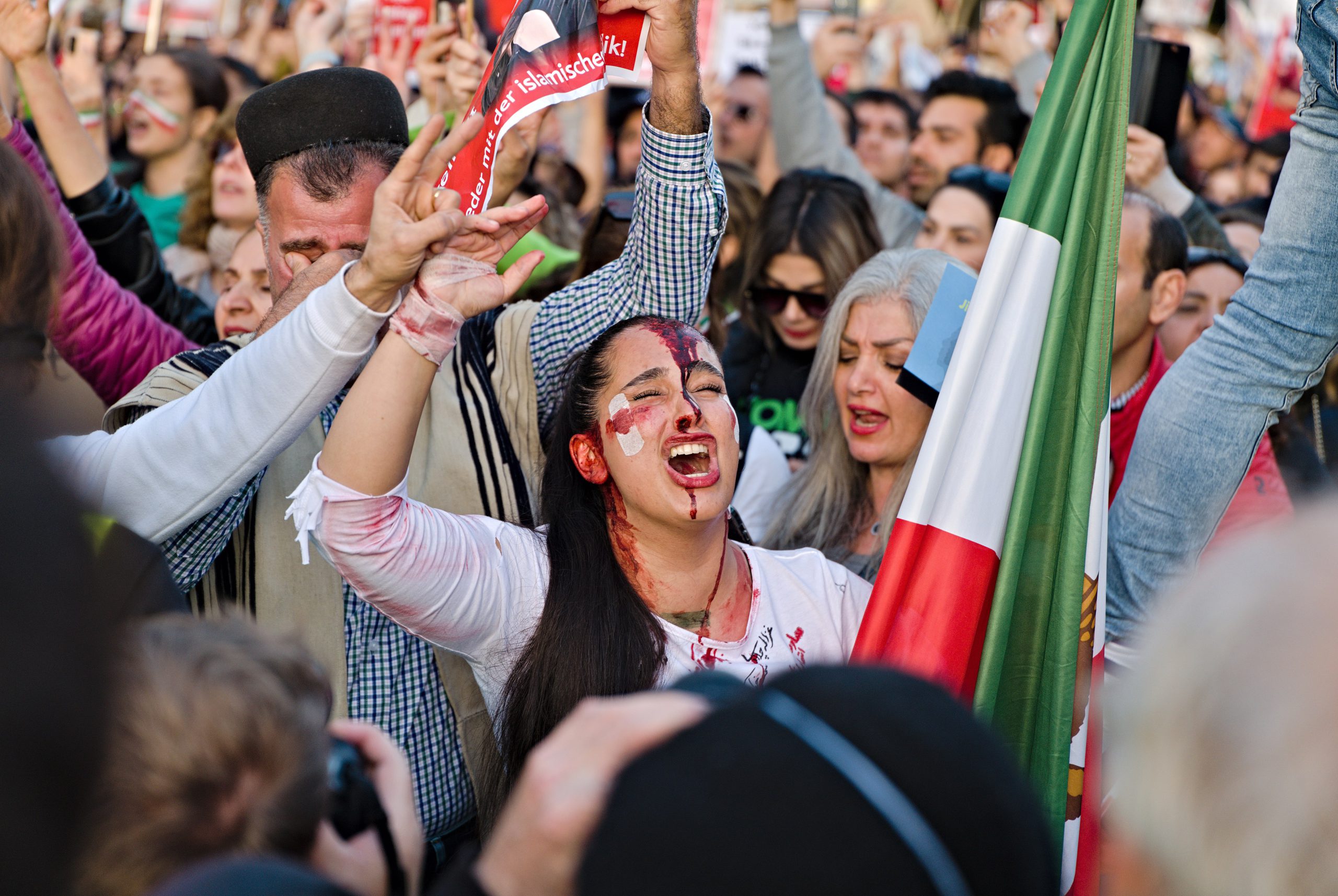What does the average day of a university student consist of?
Perhaps you begin by rushing out the door to catch your first lecture of the day. At that given moment, the single most important thought in your mind is: “I must make it to class on time.”
For university students in Iran, they are rushing out the door, with the single most important thought in their mind being: “I hope I make it back alive.”
Yet every day, for the past seven weeks, Iranians have been willingly stepping out the door to join nation-wide protests sparked by the death of 22 year old Kurdish-Iranian woman, Mahsa Amini.
On Sept. 13, Amini was detained by the Islamic Republic’s “morality police” for not abiding by the state’s compulsory hijab mandate.
Protests erupted the day following Amini’s death was reported on Sept. 16, while she was still in police custody. Since then, Iranian authorities have responded with a violent crackdown, killing hundreds, including children, as reported by multiple human rights agencies in Iran — although exact numbers cannot be verified.
Dr. Khatereh Sheibani, Professor at York University in the department of languages, literatures and linguistics, and has created courses in Persian studies, explains how the present uprisings are different from those previous.
“This is a significant socio-political episode in Iran’s history, because unlike protests of — for instance, Nov. 2019 – 2020 — it is a much wider movement,” explains Dr Sheibani. “We could say that it’s not a ‘protest’ any more, rather, it’s an uprising that could lead to a full-fledged revolution — a large-scale and wide-range uprising with participants across the middle-class and working-class population from different ethnic backgrounds.
“Their main slogan is ‘Zan, Zengegi, Azadi’ or ‘Women, Life, Freedom,’ is an unprecedented progressive slogan that did not surface in the previous protests; it is quintessentially feminist, secular, and democratic. The protesters on the streets are celebrating gender equity, life, and freedom of choice that were taken away by the Islamic regime. It does not have a conventional leader. The collective leader of the movement is women of Generation Z. However, older generations have joined the effort. Another important difference is that it’s not bound to an ideology. It’s a political movement demanding basic human rights.”
A majority of the members of Iran’s Parliament have called on the judiciary to issue punishments with “no leniency” in an open letter signed by 227 out of 290 members. Early this month, CNN reported that “as many as 14,000 people have been arrested in Iran during protests there since September,” according to top United Nations official, Javaid Rehman, special rapporteur on the Situation of Human Rights in the Islamic Republic of Iran.
A report issued by the United Nations (UN) and authored by Rehman in March 2021 states that “women and girls continue to be treated as second class citizens in Iran,” directly citing laws and cases concerning child marriage — effectively stripping women and girls in Iran of their autonomy. Now, the people are protesting in hopes of dismantling an repressive regime.
Dr. Haideh Moghissi, a Professor of sociology and women’s studies at York University, and a founder of the Iranian National Union of Women, adds that “the people of Iran no longer want reform. As reflected in the loud and clear slogans
repeated in every city and town, ‘down with the dictator,’ and ‘we don’t want Islamic Republic.’
“The protests are not against Islam and Muslims. It is against a government that in the name of sacred text and practices of Islam, and supposed preservation of sanctity of lives of Muslims, is killing hundreds of youth right now, 40 of them children, according to Amnesty International report,” concludes Mosghissi.
Dr. Sheibani also adds that, “the Islamic Republic in Iran is exploiting religion in order to suppress human rights and to massacre the dissidents. What’s being practiced by this regime is against any spiritual, divine, or humanist scheme of thought including Islam.
“Demanding human rights, questioning a government to respect freedom of choice and not to imprison people for showing a few strands of hair is NOT Islamophobic.”
An experience unique to Iranians within the diaspora is survivor’s guilt, according to Dr. Mehraneh Ebrahimi, a York University professor in the English department who specializes in Middle Eastern diasporic writing. Dr. Ebrahimi portrays one cause of this as “living in a peaceful country while [your] compatriots are fighting against injustice.”
While guilt, in all its complexity, can feel debilitating, support from those living outside of Iran must be initiated and sustained.
“We are living in a global village and despite the [Iranian] government’s ludicrous attempt at curbing access to social media, Iranian dissidents have learnt many ways to occupy a political space in the global imaginary,” adds Dr. Ebrahimi. “Visibility and audibility are potent means of fostering social change, and what we see and hear from Iran point to just that.”
The same is encouraged to non-Iranians — continued attention and awareness from the West, and giving voice to oppressed Iranians is the best way to combat the Islamic Republic’s regime.



who is the photographer of this incredible photo